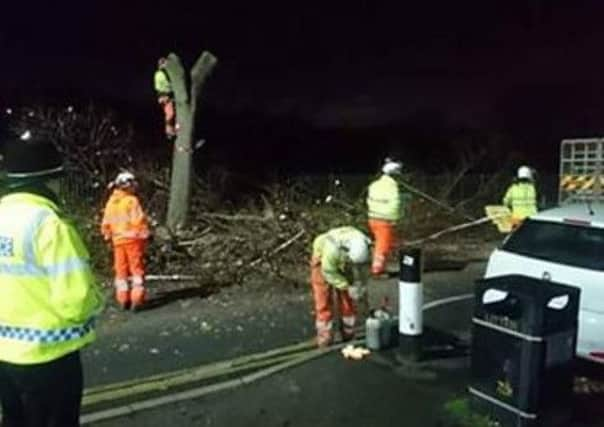City tree destruction


Most are associated with damage to footways and kerbs and, consequently, scheduled for felling.
Prior to the project, Sheffield City Council (SCC) relied on section 58 of the Highways Act as a defence for not undertaking works, due to insufficient funding.
Advertisement
Hide AdAdvertisement
Hide AdThe Department for Transport (DfT) has informed that The Highways Act does not set out specific standards for maintenance, stating “it is for each individual local highway authority to assess which parts of its network are in need of repair and what standards should be applied, based upon their local knowledge and circumstances”.
“The UK Forestry Standard: The government’s approach to sustainable forest management” defines and requires the sustainable management of street trees, as part of the urban forest. Last month, the United Nations also officially recognised street trees as such and added: “urban forests are the backbone of the green infrastructure” (FAO Forestry Paper 178).
In February 2016, the Information Commissioner informed that both SCC and Amey had neglected to commission or draught any alternative highway engineering specifications for consideration for use when undertaking works in close proximity to trees. This discredits the oft stated project/policy commitment: “removal of any highway tree is always the last resort”. This gross omission is contrary to the range of national good practice that the Streets Ahead team claim to comply with and aim to “build on”, such as British Standard 5837:2012 and UK Road Liaison Group guidance. The latter states: “Although ensuring the safety of footways for users will be a priority, in some cases the presence of roadside trees may complicate the provision of footway surface regularity. The radical treatment or complete tree removal necessary to ensure surface regularity may not be possible or desirable and reduced levels of surface regularity may be a more acceptable outcome.”
Trees and associated benefits can and should be valued and retained.
Perhaps the money that SCC fined Amey last year could be used to this end?
D Long (BSc Hons Arb)
Sheffield